Museum of Furuta Oribe, Kyoto
#205 among attractions in Kyoto
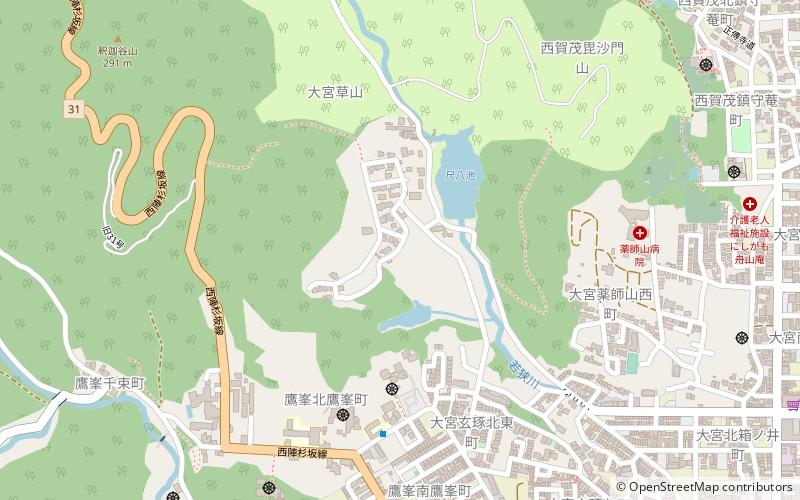

Facts and practical information
Museum of Furuta Oribe is a museum in Kita-ku, Kyoto, dedicated to works of Lord Furuta Oribe. ()
Kyoto Japan
- Bus
Bus
- Calculate route山ノ前町 13 min walkLines 1 • バス
- Calculate route玄琢下 16 min walkLines 1 • バス
- Calculate routeOmiya Somonguchicho 16 min walkLines 1 • バス
- Calculate routejinkouin mae 17 min walkLines 1 • バス
Museum of Furuta Oribe – popular in the area (distance from the attraction)
Nearby attractions include: Daitoku-ji, Kamigamo Shrine, Kamigamo Shrine, Kōtō-in.
 Buddhist temple site known for gardens
Buddhist temple site known for gardensDaitoku-ji, Kyoto
31 min walk • Nestled in the northern part of Kyoto, Daitoku-ji stands as a testament to the city's deep-rooted Zen Buddhist traditions. This sprawling temple complex, established in the 14th century, is not only a place of religious significance but also a serene park that offers a...

1.1 miE Long-standing Shinto shrine by a riverKamigamo Shrine, Kyoto
29 min walk • Nestled in the verdant landscape of Kyoto, Kamigamo Shrine stands as a serene testament to Japan's ancient Shinto traditions. This historic shrine, one of the oldest in Japan, has been a spiritual sanctuary since its establishment in 678 AD.
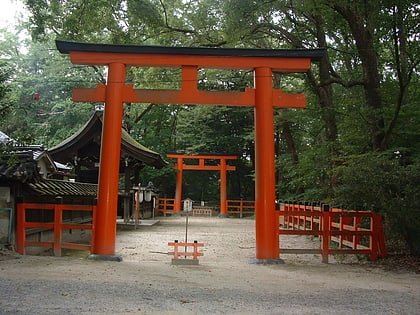 Temple, Sacred and religious sites, Historical place
Temple, Sacred and religious sites, Historical placeKamigamo Shrine, Kyoto
28 min walk • Kamo Shrine is a general term for an important Shinto sanctuary complex on both banks of the Kamo River in northeast Kyoto. It is centered on two shrines.
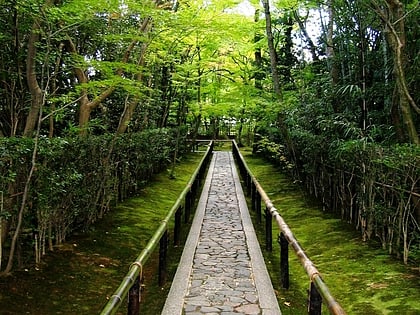 Buddhist architecture, Temple, Sacred and religious sites
Buddhist architecture, Temple, Sacred and religious sitesKōtō-in, Kyoto
30 min walk • Kōtō-in is a sub-temple of Daitoku-ji, Kyoto, Japan. It was founded by Hosokawa Tadaoki. There is a teahouse, the Shōkō-ken, and the gardens are celebrated for their momiji.
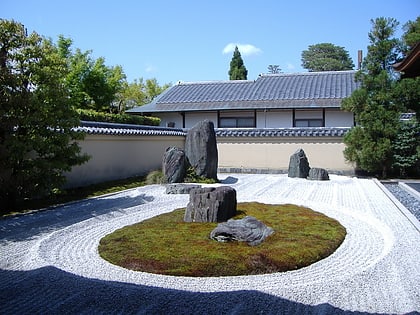 Buddhist architecture, Temple, Sacred and religious sites
Buddhist architecture, Temple, Sacred and religious sitesRyōgen-in, Kyoto
34 min walk • Ryōgen-in is a subtemple of the Daitoku-ji Buddhist complex, located in Kita-ku, Kyoto, Japan. It was constructed in 1502. There are five gardens adjoining the abbot's residence, including Totekiko, Isshi-dan, Koda-tei, and Ryogin-tei.
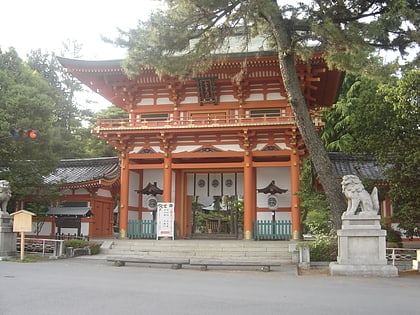 Temple, Sacred and religious sites
Temple, Sacred and religious sitesImamiya Shrine, Kyoto
25 min walk • Imamiya Shrine is a Shinto shrine located in Kita-ku, Kyoto, Japan. It was originally established for patrons to pray for safety from an epidemic, though it has evolved into a shrine where patrons can pray for general good health.
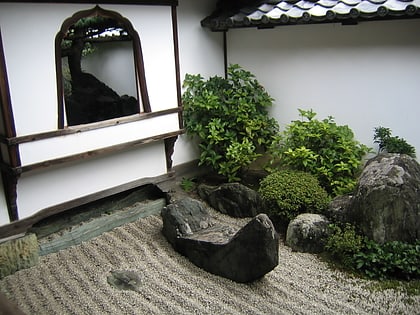 Buddhist architecture, Sacred and religious sites, Buddhist temple
Buddhist architecture, Sacred and religious sites, Buddhist templeDaisen-in, Kyoto
30 min walk • Daisen-in is a sub-temple of Daitoku-ji, a temple of the Rinzai school of Zen in Buddhism, one of the five most important Zen temples of Kyoto. The name means "The Academy of the Great Immortals." Daisen-in was founded by the Zen priest Kogaku Sōkō, and was built between 1509 and 1513.
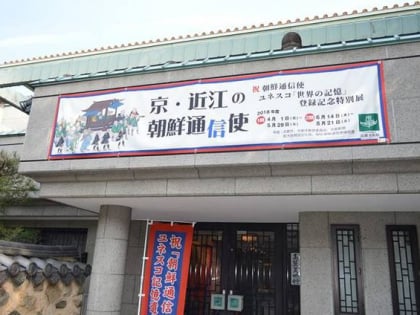 Museum, Specialty museum
Museum, Specialty museumKoryo Museum of Art, Kyoto
27 min walk • The Koryo Museum of Art opened in Kyoto, Japan, in 1988. The collection amassed by the Museum's founder, pachinko magnate and izakaya operator Jeong Jo-mun, comprises some 1,700 objects including Goryeo celadons, Joseon white porcelain, Buddhist art, Korean folk art...
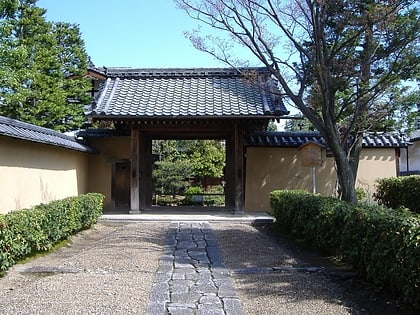 Temple, Sacred and religious sites
Temple, Sacred and religious sitesJukō-in, Kyoto
30 min walk • Jukō-in is a sub-temple of Daitoku-ji, Kyoto, Japan. It was founded in 1566 as the mortuary temple of Miyoshi Nagayoshi. In 1589 Sen no Rikyū designated it as the mortuary temple for his family. The Hondō and chashitsu are Important Cultural Properties and the gardens have been designated a Place of Scenic Beauty.
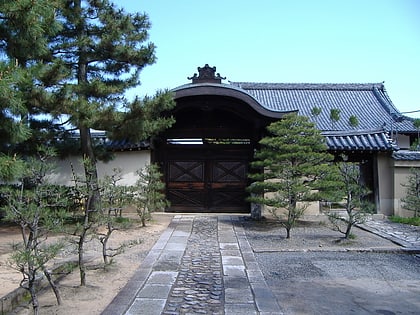 Temple, Sacred and religious sites
Temple, Sacred and religious sitesSōken-in, Kyoto
30 min walk • Sōken-in is a sub-temple of Daitoku-ji, Kyoto, Japan. It was founded by Toyotomi Hideyoshi in 1582 as the mortuary temple of Oda Nobunaga.
 Buddhist architecture, Temple, Sacred and religious sites
Buddhist architecture, Temple, Sacred and religious sitesŌbai-in, Kyoto
34 min walk • Ōbai-in is an autonomous sub-temple of Daitoku-ji, Kyoto, Japan, the headquarters of the Daitoku-ji school of the Rinzai sect of Zen Buddhism. The Hondō and Kuri have been designated Important Cultural Properties.
Frequently Asked Questions (FAQ)
How to get to Museum of Furuta Oribe by public transport?
Bus
- 山ノ前町 • Lines: 1, バス (13 min walk)
- 玄琢下 • Lines: 1, バス (16 min walk)
